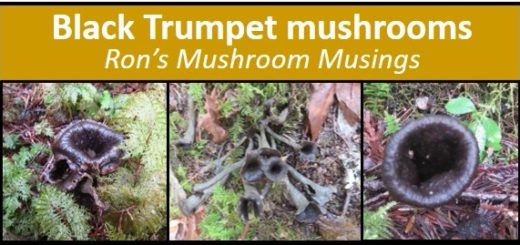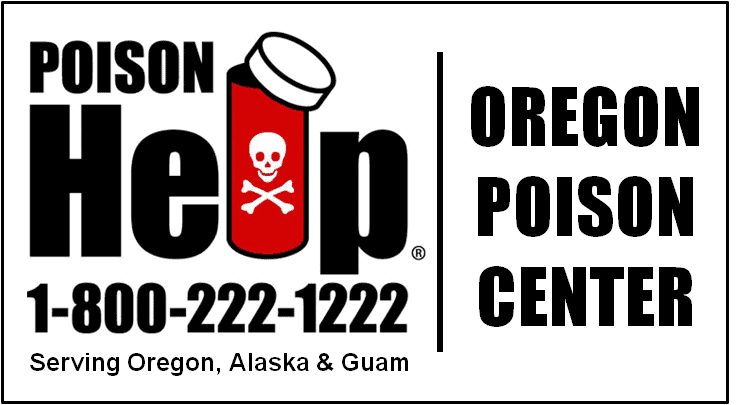Important guidlines to follow when collecting and eating wild mushrooms…
There are many species of delicious wild mushrooms which grow in our area, and learning to find and enjoy these gifts is satisfying on many levels. Caution should be exercised as there are many species that are not considered edible and may cause various levels of discomfort if eaten, and a handful that contain potent toxins that can cause permanent organ damage, or even death. For your safety and enjoyment, please follow these guidelines, and always remember: “when in doubt, throw it out!”.
- Every mushroom you plan to eat should be ACCURATELY IDENTIFIED as an edible species.
Despite folklore to the contrary, there are no simple guidelines which will separate edibles from other species. You must assume the responsibility to identify all wild mushrooms you collect to eat with 100% confidence. Many edible species have toxic look-alikes; learn what these are, and don’t rely only on photographs or drawings! - Never eat raw mushrooms.
This applies to all mushrooms: improved digestibility, flavor, available nutrition and the elimination of some potentially harmful substances all result from thorough cooking. However, be aware that cooking will not eliminate all types of toxins and will not make poisonous mushrooms edible. - When trying a mushroom species for the first time…
Eat only ‘two’ cooked teaspoons of one species, and wait at least 24 hours before eating any more of that species or trying another new species. A few people have an allergy to one particular mushroom species, just as some people are allergic to shrimp, wheat, dairy or other foods. If you are eating new species for the first time, and you eat more than one species and have a reaction you won¹t know which species you are allergic to. So sample new species one at a time (one per day maximum), and for the first sample, limit to two teaspoons. Keep a whole, uncooked sample of the mushroom species in your refrigerator in case the identification needs to be confirmed later. - Do not consume alcohol when trying a mushroom for the first time.
Wait until you are sure you are not allergic to a particular species before having it with wine or beer. When consuming a new mushroom species, the presence of alcohol may produce stronger allergic reactions. Also, one species of the genus Coprinus (the shaggy manes) reacts with alcohol resulting in uncomfortable symptoms. Before eating any shaggy mane, learn to identify the one which causes this reaction, and its look-alikes. - Only eat fresh mushrooms.
You wouldn’t eat moldy or rotting produce from the grocery store -the same should be true for wild mushrooms. - Do not eat fungi growing on ornamental trees. In some cases toxins in the wood may be incorporated into the fungal tissue. (A recent instance of illness in Eugene was reported from eating Laetiporus growing on black locust).
- Be aware of where you are collecting your edibles.
Mushrooms can readily pick up chemicals from the environment. Never consume edible species from a lawn where fertilizers or pesticides might have been applied. Avoid collecting along busy roads or anywhere near old dump sites. Do not eat fungi growing on ornamental trees. In some cases toxins in the wood may be incorporated into the fungal tissue. A recent instance of illness in Eugene was reported from eating Laetiporus (sulphur shelf or chicken-of-the-woods) growing on black locust.
ENJOY! Having an understanding and appreciation of the variety and beauty that surrounds us in the fungal world will enrich your diet and your life!
Version 2003.10





